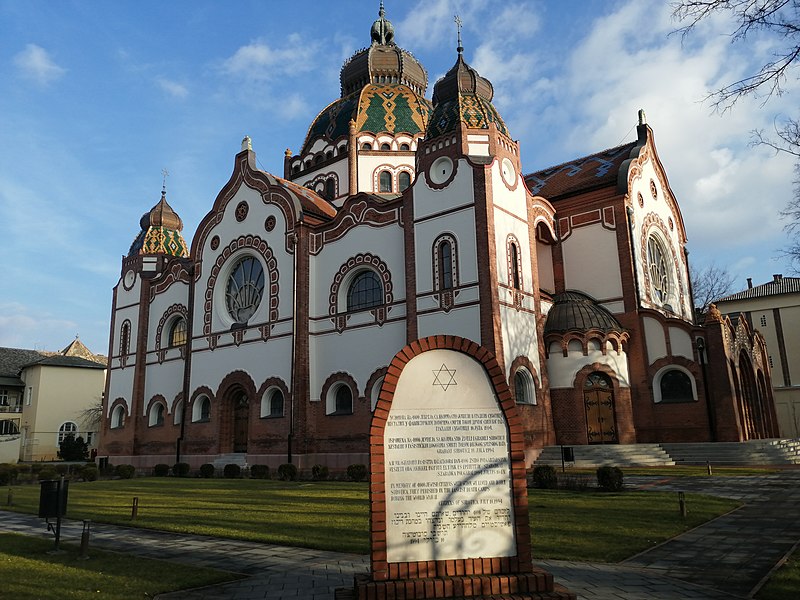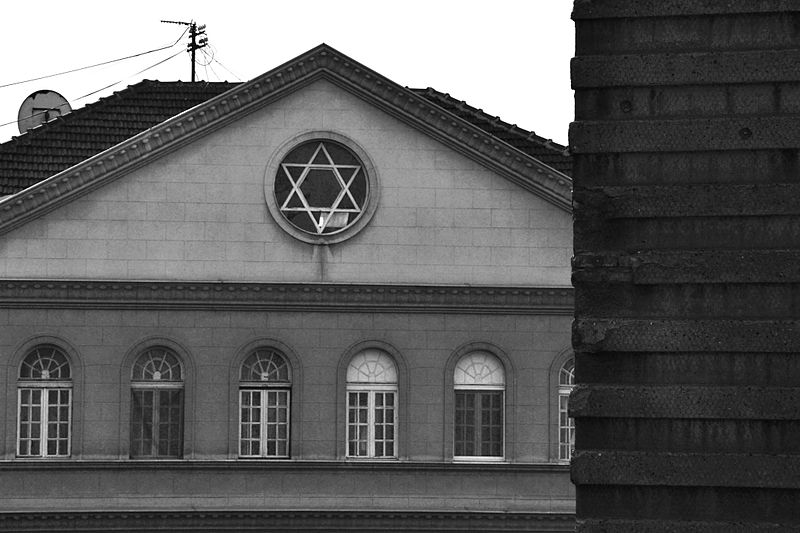The Serbian and Voivodinan regions witnessed one of the first implementations of the Final Solution, its Jewish population as brutally martyred by German troops as were Jews in Poland or the Soviet Union. In fact, the extermination project began in the former Yugoslavia the moment the country was invaded in April 1941 – several weeks before Hitler’s attack upon the Soviet Union.

The major countries involved in the war played on the many regional, cultural and religious divisions present since the Balkan wars and the First World War.
In the zones directly administrated by the German army, it took the Einsatzgruppen SS less than four months to arrest the 4,000 Jews of Banat (the region north of Belgrade), with the help of gangs of local Volksdeutschen (ethnic Germans), and deport them to Belgrade.

The men of Banat were placed in a concentration camp, while the women and children were held in the city’s Jewish community housing. The men were gunned down in groups of 50 to 200 beginning in September 1941; the women and children were gassed several months later in trucks designed to asphyxiate human cargo using exhaust fumes.
Jews throughout the rest of Serbia met a similar fate, beginning in late 1941. During the summer of 1942, an SS officer reported to his superiors that Serbia and Banat were from that moment on judenreinen (cleansed of all Jewish presence). This was, alas, in large part true. Of the 17,000 Jews inhabiting the region before the war, barely 10% survived.

In Backa and Baranya, largely Hungarian-speaking regions in Voivodina that were reattached to Yugoslavia after the First World War but annexed in 1941 by German-allied Hungary, Hungarian troops “were content with” implementing an array of exclusionary measures against the Jewish minority: approximately 16,000 strong before the war, Voivodina’s Jews endured seizure of property, forced labor, and kidnappings.
Properly speaking, systematic extermination did not occur here, beyond reprisals following acts by the Resistance. In early 1944, however, Germany invaded Hungary and deported en masse the Jewish population. Only 3,000 would return from the camps.